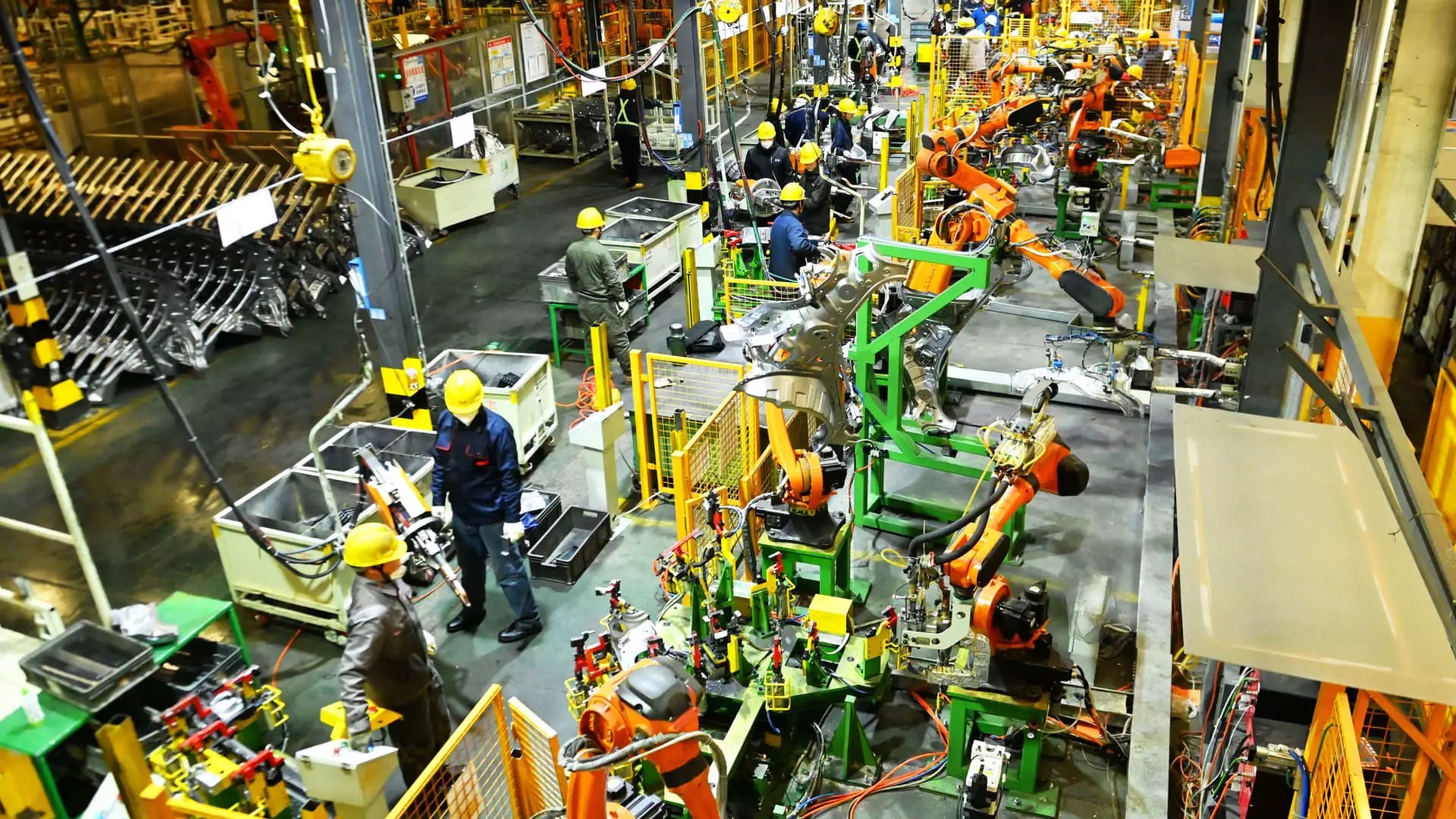As we navigate through the tumultuous waters of the automotive industry under President Donald Trump’s tariff policies, the ongoing tug-of-war between protectionism and free-market principles is becoming increasingly evident. Recently, the administration acknowledged considerations for exempting automakers from certain tariffs, a move that appears to be more of a political maneuver than a genuine compromise regarding economic stability. While some may herald this as a sign of flexibility, the reality is that these tariffs have birthed confusion and chaos in an industry already fraught with challenges.
Trump’s propensity for imposing steep tariffs on imported vehicles and auto parts has ignited fierce opposition from automakers who are struggling under the weight of escalating costs. Although the proposed exemptions aim to alleviate some of the pressure, they merely scratch the surface of a far more profound issue: the sustainability of an effective trade policy that stimulates domestic production without stifling competition and innovation.
Tariffs: A Double-Edged Sword
At first glance, tariffs might seem like a protective blanket shielding American manufacturers from foreign competition. However, the reality is far more complex. Automotive leaders, including General Motors CEO Mary Barra, have made it clear that without long-term clarity and consistency in regulations, the industry cannot effectively strategize investments. The expected 25% tariffs on auto parts — in addition to existing levies on steel and aluminum — create an unnerving atmosphere where uncertainty reigns. Increased production costs inevitably translate into higher prices for consumers, calling into question the very fundamentals of free-market dynamics.
In essence, these tariffs disrupt supply chains and have serious implications for manufacturing decisions. Automakers can’t simply absorb these incremental costs; they are forced to rethink their operational models to adapt to a hostile trade environment. As companies like GM contemplate future production strategies, they tread carefully, cognizant of the possible repercussions these policies could unleash on the wider economy.
The Lobbying Game
It’s interesting to note the unified front presented by six influential automotive policy groups as they thrust themselves into the lobbying fray against the impending auto parts tariffs. The collective voice of these groups not only highlights the growing concern within the industry but also underscores the impact of political decisions on economic health. They have rightfully argued that the tariffication system risks jeopardizing U.S. automotive production, revealing a troubling trend where regulatory decisions are increasingly based on political whims rather than economic sensibility.
The administration’s tariff exemptions for consumer electronics might suggest a pathway for similar relief within the automotive sector, but this is where a precarious balancing act comes into play. While some sectors receive exemptions, others may be left to fend for themselves, further breeding resentment and division among various industries. The patchwork of regulatory relief does little to foster a cohesive economic strategy needed to advance American manufacturing on a sustainable basis.
The Price of Inconsistent Policies
Inconsistent policies can significantly undermine a nation’s competitive edge in the global market. In the automotive sector, where technological advancements and market trends shift rapidly, the inability to navigate regulatory landscapes can spell disaster. Executives like Mary Barra are making it clear that without a consistent framework, long-term investments are fraught with risk. The time for reactionary policies must give way to a more structured approach — one that offers the industry predictability and promotes innovation rather than stifling it under the burden of tariffs.
Moreover, despite Trump’s assertions that tariffs signal a desire for domestic production, the reality is that a competitive marketplace thrives on diverse options. If automakers are restricted solely to U.S.-manufactured components, the industry risks stagnation, cutting themselves off from the benefits of globalized supply chains that foster collaboration and technological exchange.
The Workforce: Potential Casualties
Amidst the shifting tides of tariff-related chaos, it is the workforce that stands at the precipice of uncertainty. Many workers are already feeling the heat from the sector’s struggles against rising costs and declining profits. If auto manufacturers are forced to downsize or restructure due to fluctuating tariffs, it is the American worker who bears the brunt of those losses. Short-sighted policies that prioritize tariffs over a comprehensive trade strategy fail to recognize the socio-economic implications of such decisions.
In this delicate balancing act of protecting American jobs while fostering innovation and efficiency, it’s clear that a recalibrated approach is vital. The administration must come to terms with the reality that stability and cooperation, rather than aggressive tariffs, hold the key to unleashing the full potential of the American automotive industry.


Leave a Reply